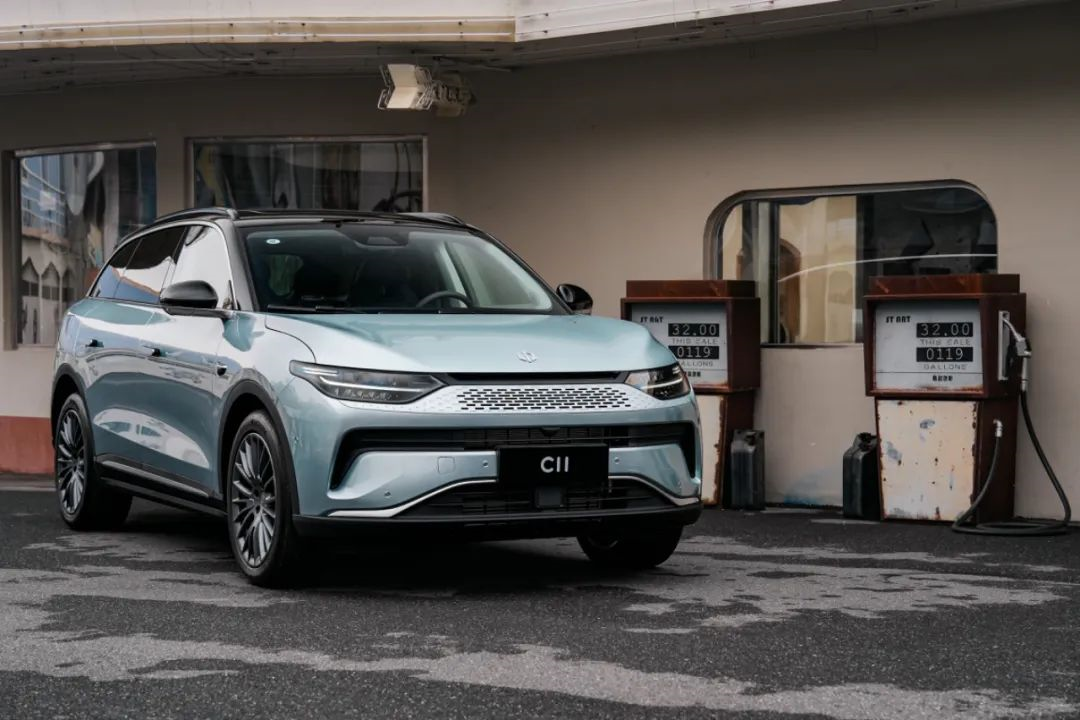Article: By Jingtao Wu
Hybrid + Electric, Walking on Two Legs!
Although it is only February, the new energy vehicle market, which will be highly competitive this year, has already shown two significant trends.
Firstly, many mainstream new car makers will launch models with lower positioning and more affordable prices, especially for the price range of 150,000 to 200,000 yuan and 200,000 to 250,000 yuan, where the current product supply is not abundant.
Secondly, more and more new car makers have chosen to “walk on two legs”, investing in both pure electric and hybrid technologies.
Today (9th February), LINGPAI Motors held a new car launch event, officially releasing and launching its SUV model – LINGPAI C11 Range-extended version.

The new car is pre-sold for 159,800 to 200,000 yuan and will be officially launched in early March, with deliveries starting in mid-March. It bears the distinct marks of the two trends mentioned above.
“Maintain the Original Appearance”
The LINGPAI C11 pure electric version was launched as early as September 2021, positioned as a mid-size pure electric SUV, with a body size of 475019051675 (mm) and a wheelbase of 2930mm.
It offers three different ranges of 510km, 550km, and 610km, with two types of driving layout: rear single motor and front and rear dual motor. The performance version accelerates from zero to 100 km/h in just 4.5 seconds.
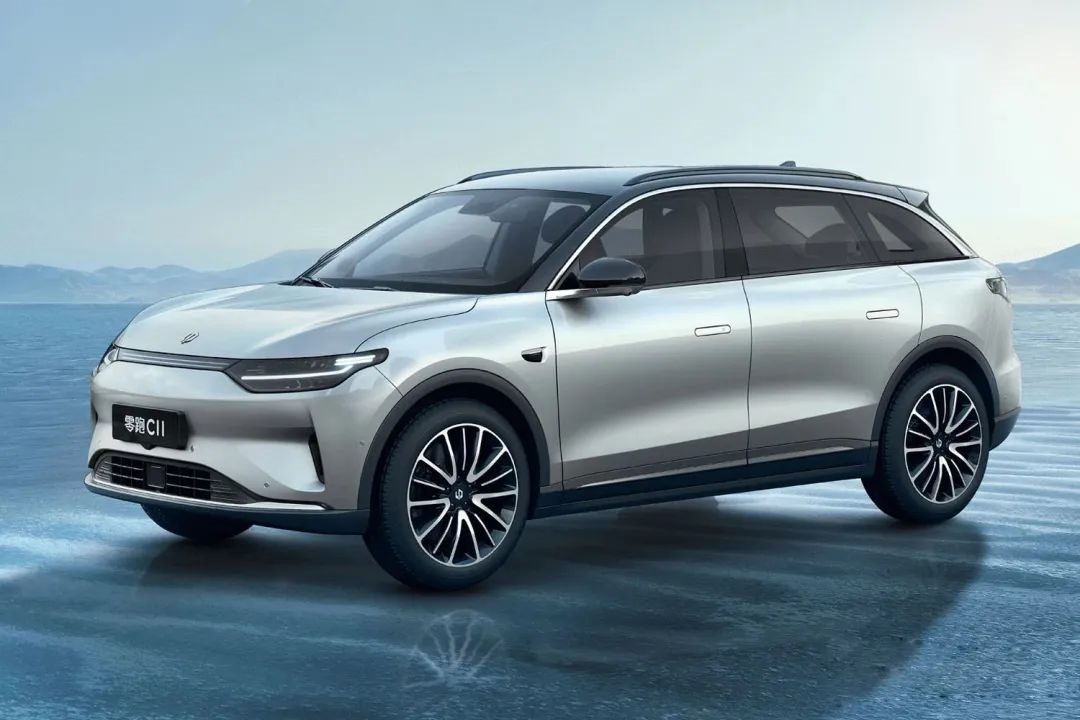
At the beginning of its launch, the C11 pure electric version was only priced at 159,800 to 199,800 yuan, with excellent cost-effectiveness.
As a different power technology version of the current model, the LINGPAI C11 Range-extended version has no significant difference in appearance and interior design compared to the pure electric version. In summary, there are three relatively core changes inside and outside the car.
The first is the design of the front grille, which is the most visually noticeable difference between the C11 Range-extended and pure electric versions. Due to the addition of a range extender in the front engine compartment of the Range-extended version, the front grille has been changed from a fully enclosed design to a mesh structure.
Meanwhile, a black through-type decorative panel is added above the grille to further increase the visual width of the front face and make the C11 extended-range version more recognizable.

Second is the body size. Compared with the pure electric version, the length of the extended-range version has been increased by 30mm, reaching 4780mm1905mm1675mm, with the wheelbase remaining unchanged at 2930mm.
The newly added fuel tank cover is located on the left rear of the body, while the DC and AC charging ports are still located on the right rear of the body.
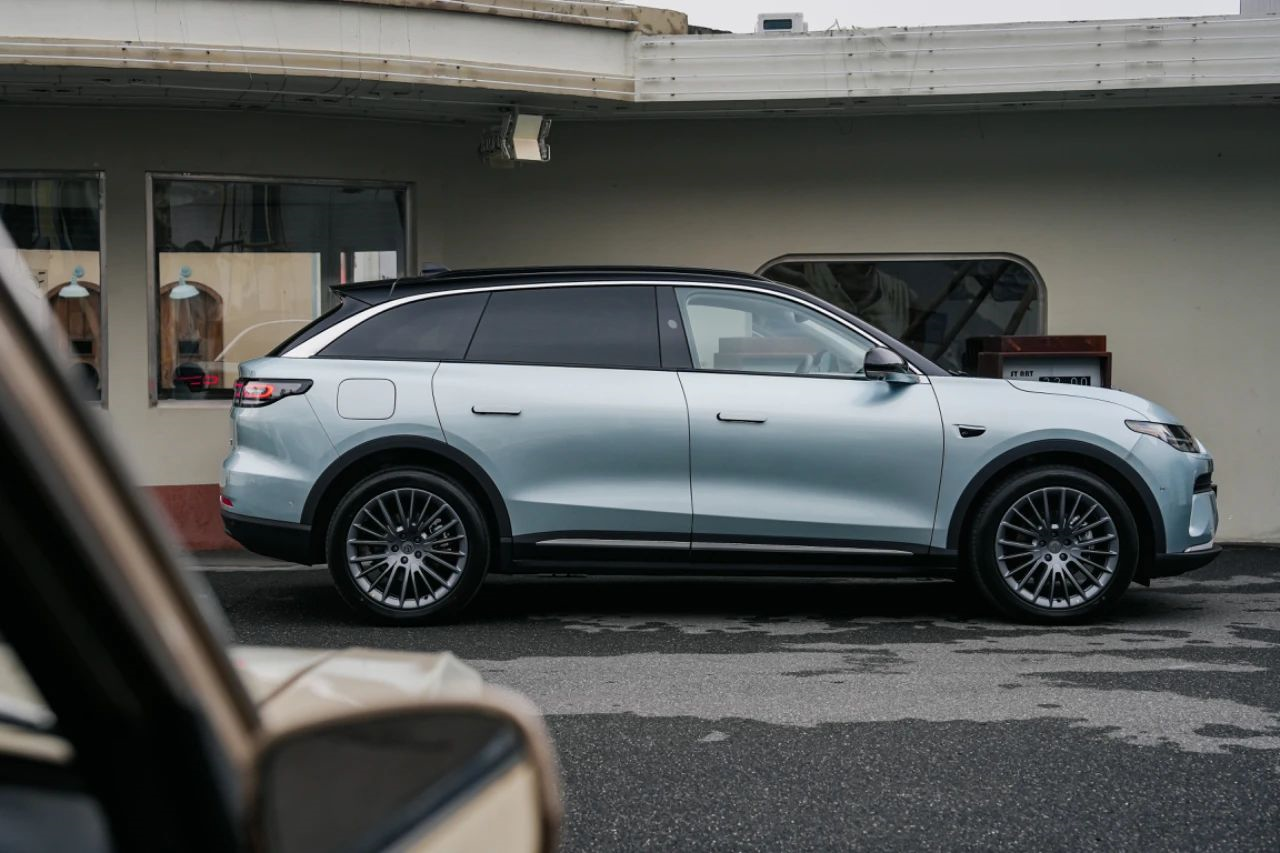
The door continues to adopt a frameless design. The model photographed this time uses a single-color multi-spoke design for the wheels, and the tire model is Hankook Ventus S1 evo3 ev, with a size of 255/45R20.


The tail of the car is completely the same as the pure electric version, continuing the through-type taillight design, using a hidden exhaust port, and the tail emblem does not highlight its extended-range version identity.
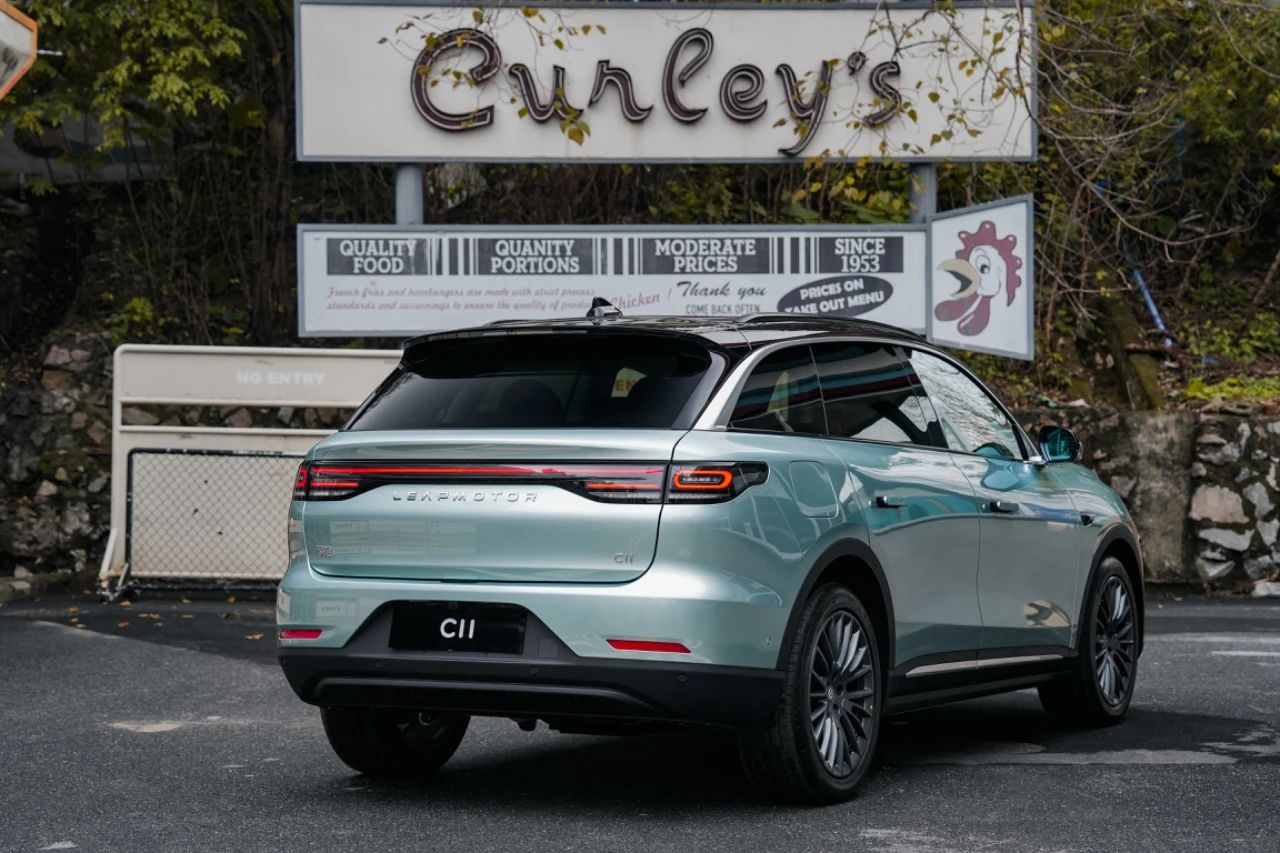
The interior of the LI C11 Extended Range version is consistent with the pure electric version. The model featured in this shoot has a Grey Rock and Mist Purple color scheme, with large areas of Nappa leather covering the interior, both visually and tactilely, high-quality among models in the same price range.
The central control still adopts a three-screen design, including a 10.25-inch LCD instrument panel, a 12.8-inch central control system, and a 10.25-inch entertainment screen for the front passenger.
The system is equipped with the industry-leading Qualcomm Snapdragon SA8155P chip, providing a solid foundation for the intelligent cockpit. The vehicle is equipped with highlights such as AI facial recognition, iFlytek’s 3.5-generation voice interaction, and an independent Bluetooth module for the co-driver. After a brief experience, the LI C11 Extended Range version’s system has a smooth operation, accurate voice recognition, and responsive speed without any obvious defects, consistent with the “new car” brand’s usual high standard. The car also has OTA software updates for future enhancements of vehicle intelligence.
In terms of advanced driving assistance, the C11 Extended Range version is equipped with an L2-level advanced driving assistance system with 28 hardware sensors. According to LI’s official statement, this system’s hardware can support L3-level advanced driving assistance functions.
Unlike some previous models that gradually open advanced driving assistance functions after delivery, the LI C11 Extended Range version will open 22 advanced driving assistance functions including adaptive cruise control, lane centering, high-speed assistance, and automatic lane change assistance all at once.
Due to this being a static experience, the actual feeling of using this system can only be shared later during dynamic test drives. The C11 Extended Range version also has abundant rear legroom due to its long 2930mm wheelbase, but the backrest design of the rear seat is suboptimal, with an unadjustable angle and an unnatural sitting position, which is the same as the pure electric version.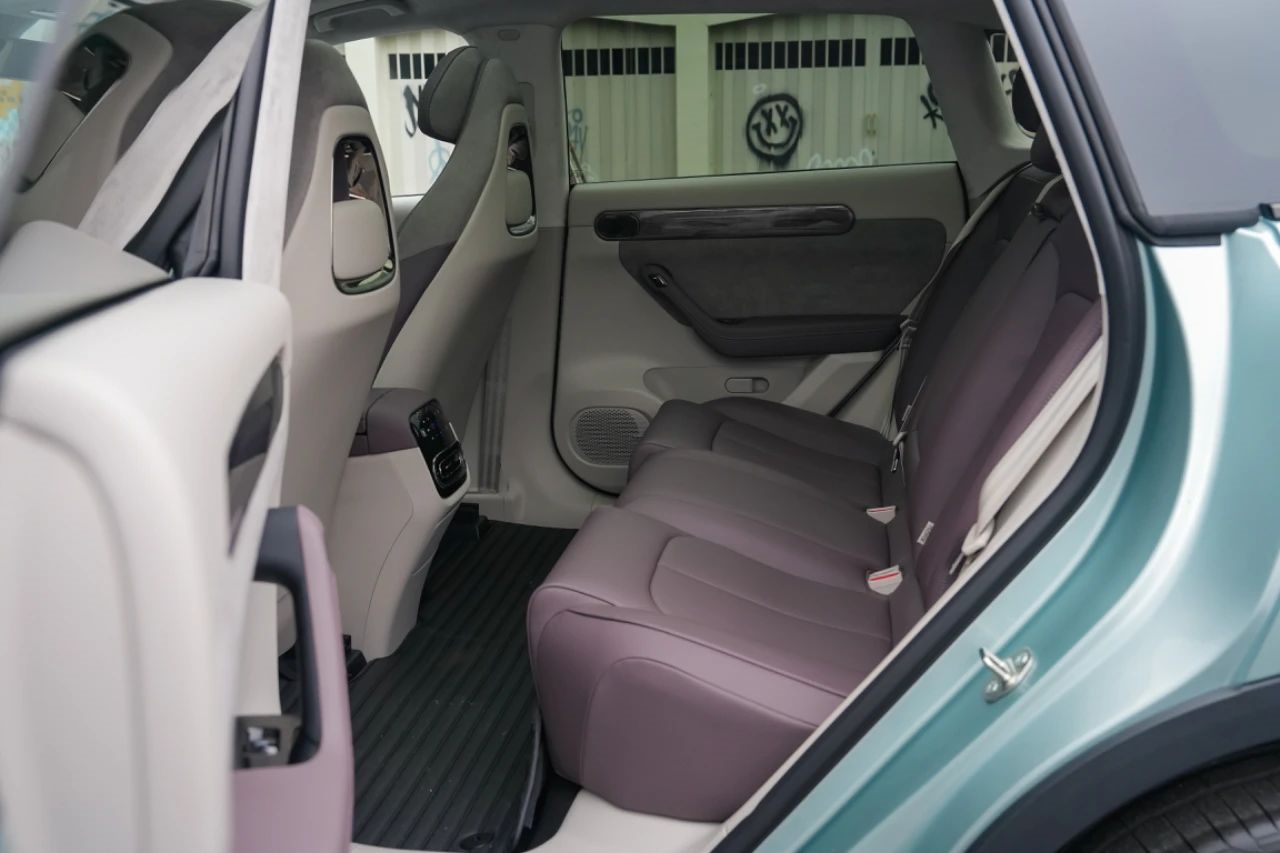
The only difference between the hardware configuration of the cabin and the pure electric version is that the rear seat of the plug-in hybrid version has an integrated multimedia touch panel, which can control the air conditioning settings, multimedia playback, and seat heating function.
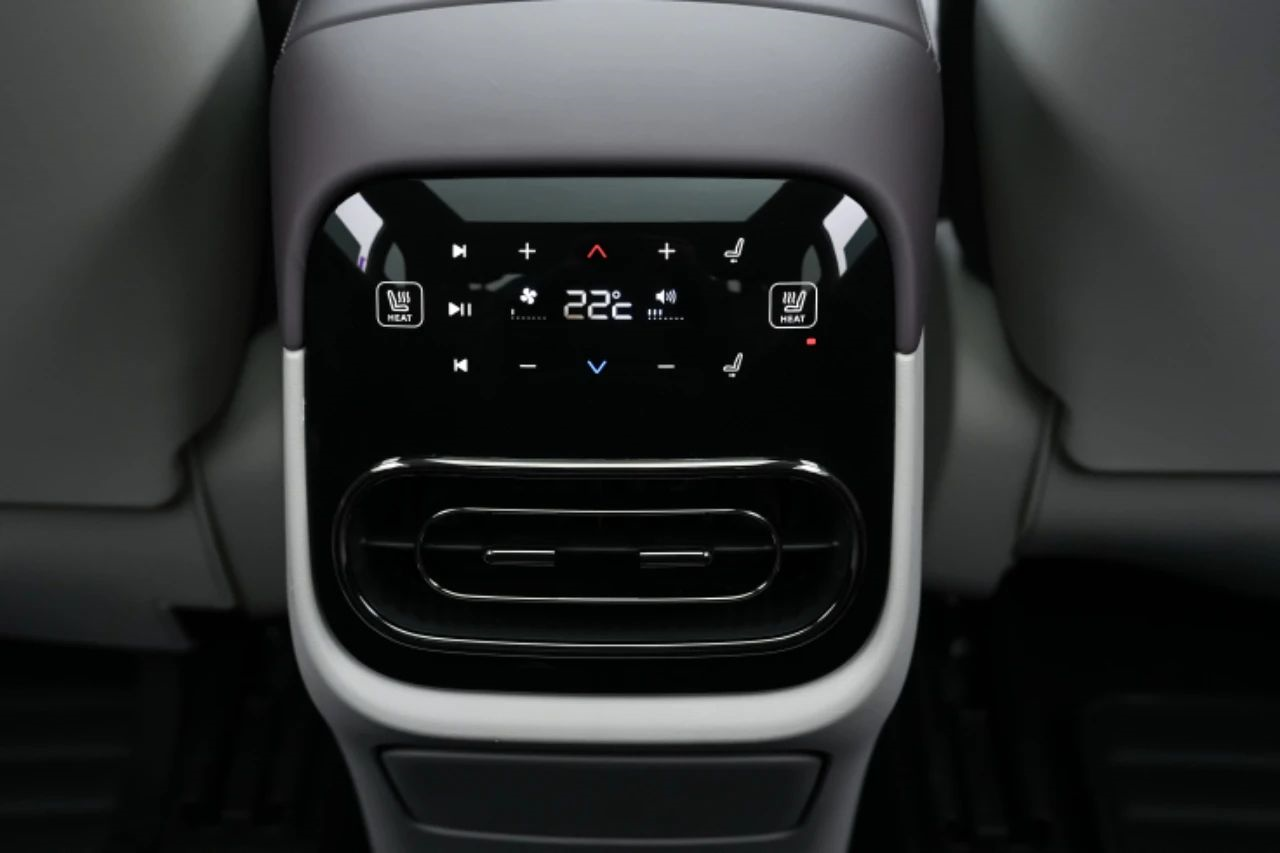
Overall, in terms of exterior and interior static experience, the Zero Run C11 plug-in hybrid version maintains a high degree of consistency with the previously launched pure electric version. Therefore, the changes of the new model are focused on the power system.
The inside has “big changes”
As Zero Run’s first plug-in hybrid model, the C11 plug-in hybrid version has certain highlights and is also topical from the perspective of promoting their new technology route.
Let’s start with the numbers. In terms of range, the C11 plug-in hybrid version has a maximum pure electric range of 285km (CLTC work cycle). This figure is not only the highest among the same level models, but also the longest range among the plug-in hybrid SUVs currently on the market.
The pure electric range of other plug-in hybrid SUV models on the market is generally around 180-200km. The pure electric range of the C11 plug-in hybrid version stands out. At the same time, with only a fuel tank capacity of 47L, its CLTC comprehensive maximum range can also reach 1024km.
To achieve this pure electric range, the C11 plug-in hybrid version is equipped with a 43.74kWh battery pack, making it the plug-in hybrid model with the largest battery capacity in the same level market. (There is also an entry-level version equipped with a 31.1kWh battery, with a pure electric range of 180km according to the CLTC work cycle.)
With a big battery, we also need good energy consumption management. According to the official data released by Zero Run, the C11 plug-in hybrid version only consumes 19.7kWh/100km based on the WLTC work cycle, which is slightly more efficient compared with other plug-in hybrid models of the same level.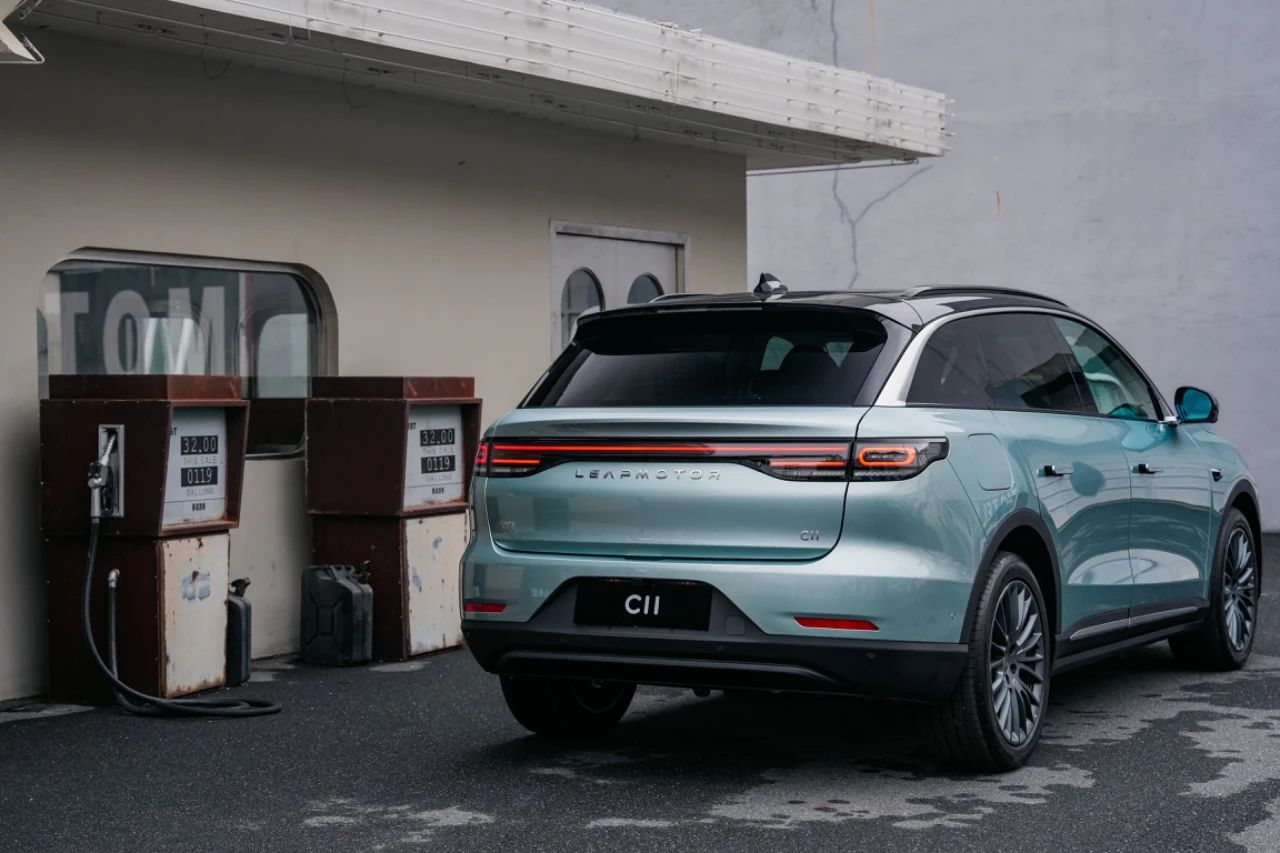
The advantages of the vehicle extend to reduced electricity consumption and fuel consumption. The WLTC test shows that the zero run C11 range extender model has excellent performance with a fuel consumption rate of 6.8L/100km, which is also similar to other models in the range extender category.
As a new vehicle model, the zero run C11 range extender version presents a “latecomer advantage” that leads slightly in terms of energy consumption.
In terms of range extender technology, the C11 range extender is equipped with a three-cylinder 1.2T range extender with a maximum power of 96 kW. This data may seem “familiar” to some of you.
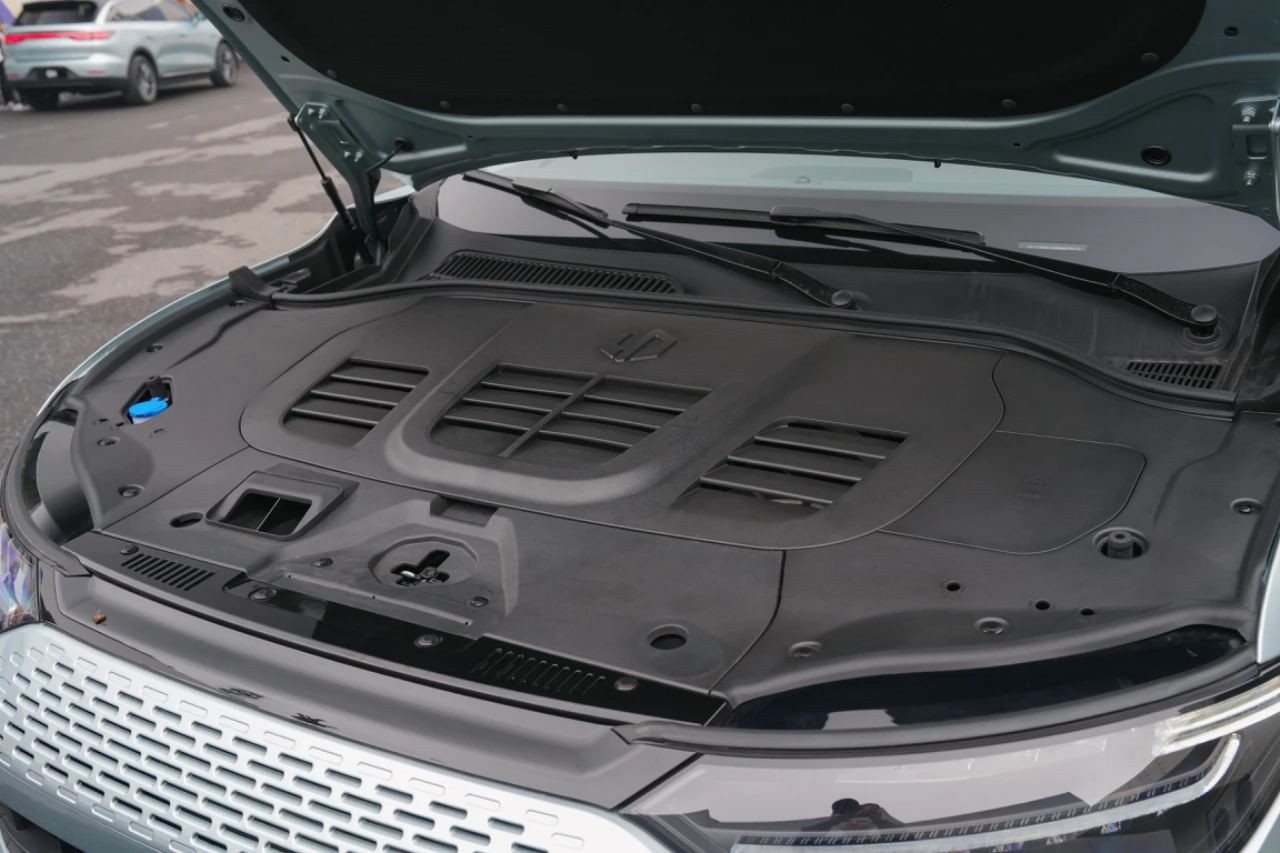
In fact, the C11 range extender uses the same Dong’An 1.2T three-cylinder range extender that was previously used in the LiXiang ONE model, and it is paired with a zero run-owned 200 kW rear electric motor (rear-wheel-drive models), with a maximum torque of 360 N·m. The acceleration time for 0-100 km/h has not been announced.
In addition, the new vehicle only needs to fill up with 92 gasoline, as indicated on the fuel tank lid.
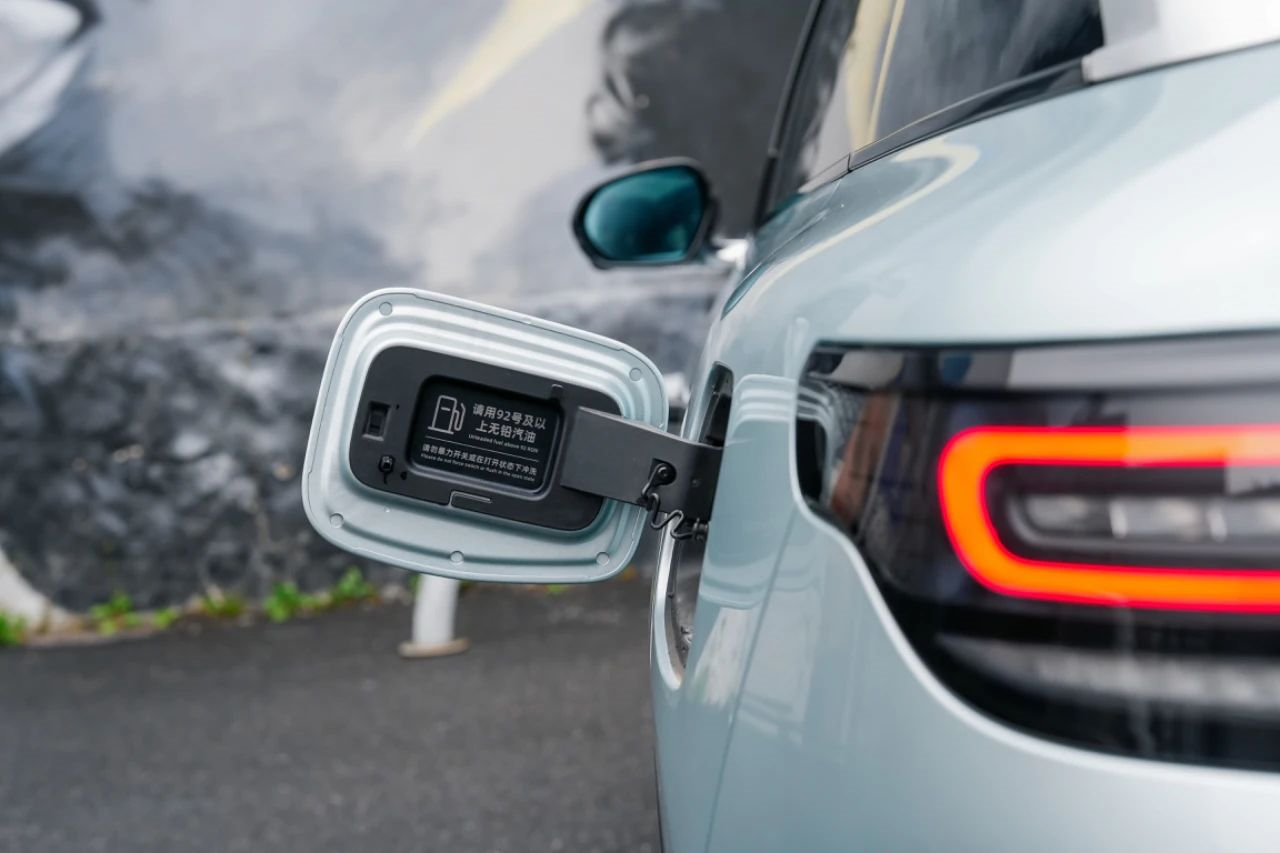
As a range-extended electric vehicle, not only is the hardware of the power system important, but “software” calibration is also essential. The C11 range extender provides three driving modes: pure electric priority mode, extreme pure electric mode, and fuel priority mode.
Pure electric priority and fuel priority modes may be familiar to many people, while the “extreme pure electric mode” is actually what most people understand as the hybrid mode.
In this mode, when the battery SOC is greater than 50%, the range extender does not start, allowing the battery to recharge. When the battery SOC is less than 50%, the range extender starts based on the vehicle speed and SOC. At high speeds, the range extender will be turned on, while at low speeds, it will be turned off, making the range extender work as economically as possible.## Translated Markdown Text
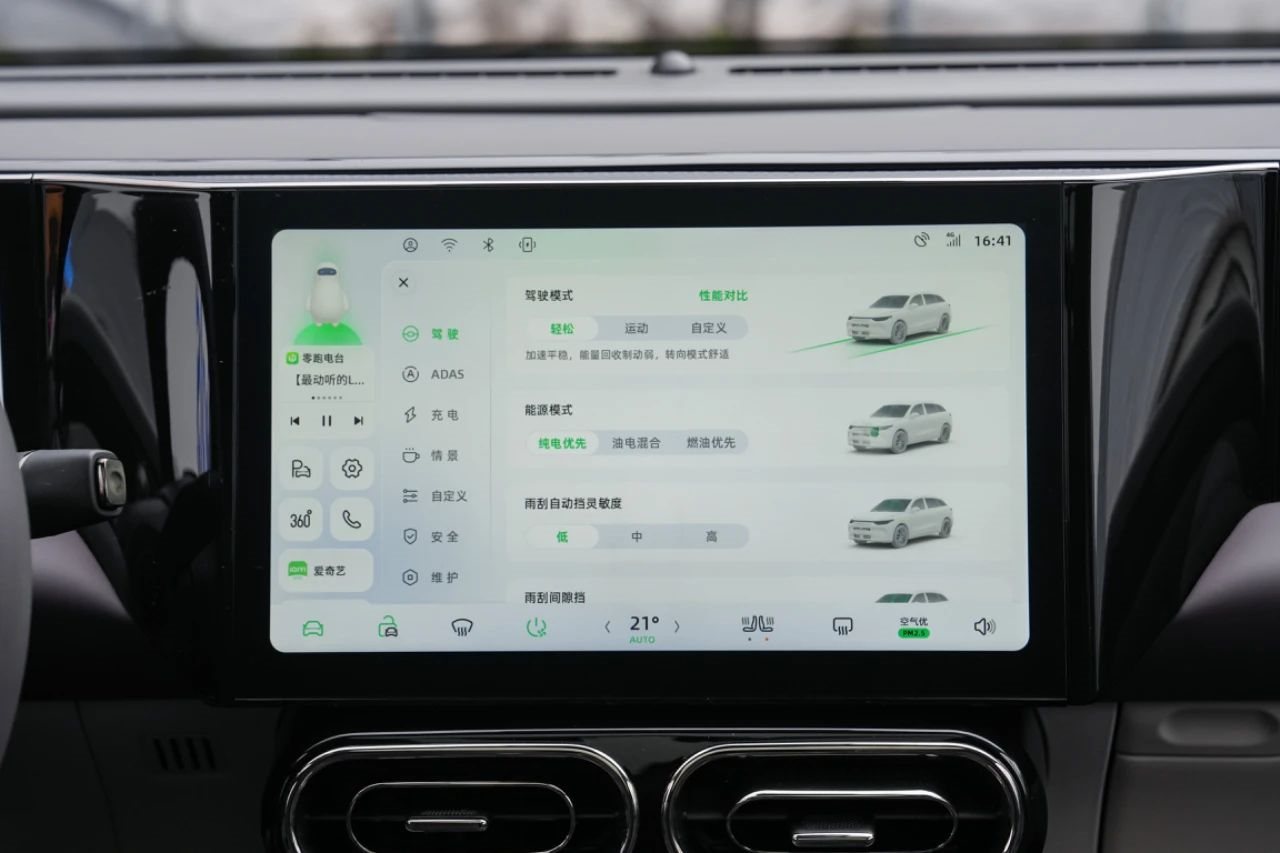
In terms of charging capability, the new car is compatible with both 400V/800V voltage platforms and has a fast charging time of 30 minutes and a slow charging time of about 3.8 hours.
As this is a static experience without a test drive, the power experience, actual energy consumption, and operating quality of this hybrid system will have to be left for the future dynamic test drive to share with all of you. However, from a data perspective, combined with the new car price, the C11 hybrid version continues the product characteristics of the early pure electric version, offering excellent value for money.
Why choose hybrid?
With the question of what is the Zero Run C11 now answered, the next question is “why” – why hybrid?
I think this question can be divided into two parts: Zero Run brand and consumers.
Firstly, from the perspective of the Zero Run brand, the competition in the domestic new energy market has gradually become “cruel” since entering 2023. In terms of policy direction, new energy vehicle purchase subsidies have been completely phased out. In terms of the market environment, there are Tesla’s price cuts and traditional car companies led by BYD invading the new energy vehicle market, squeezing the living space and development opportunities of newly established car companies.
In this context, actively promoting the development of the second technical route, “walking on two legs” is objectively more stable than “hopping on one leg.”
Secondly, back in November of last year, Zero Run officially revealed: “All models including C platform and new platform development will simultaneously launch both hybrid and pure electric versions.”
Furthermore, the C01 hybrid version will also start delivery in July or August of this year.
It can be seen that as early as at the beginning of the research and development of the current platform, promoting the development of both pure electric and hybrid technologies had already been one of Zero Run’s strategic deployments.
On the other hand, from the perspective of consumers, regardless of how the basic infrastructure for charging is continually improved, or the charging experience is enhanced, with public doubts about the charging experience of pure electric vehicles as the only way to replenish energy, general consumers still have doubts about pure electric power when purchasing new energy vehicles.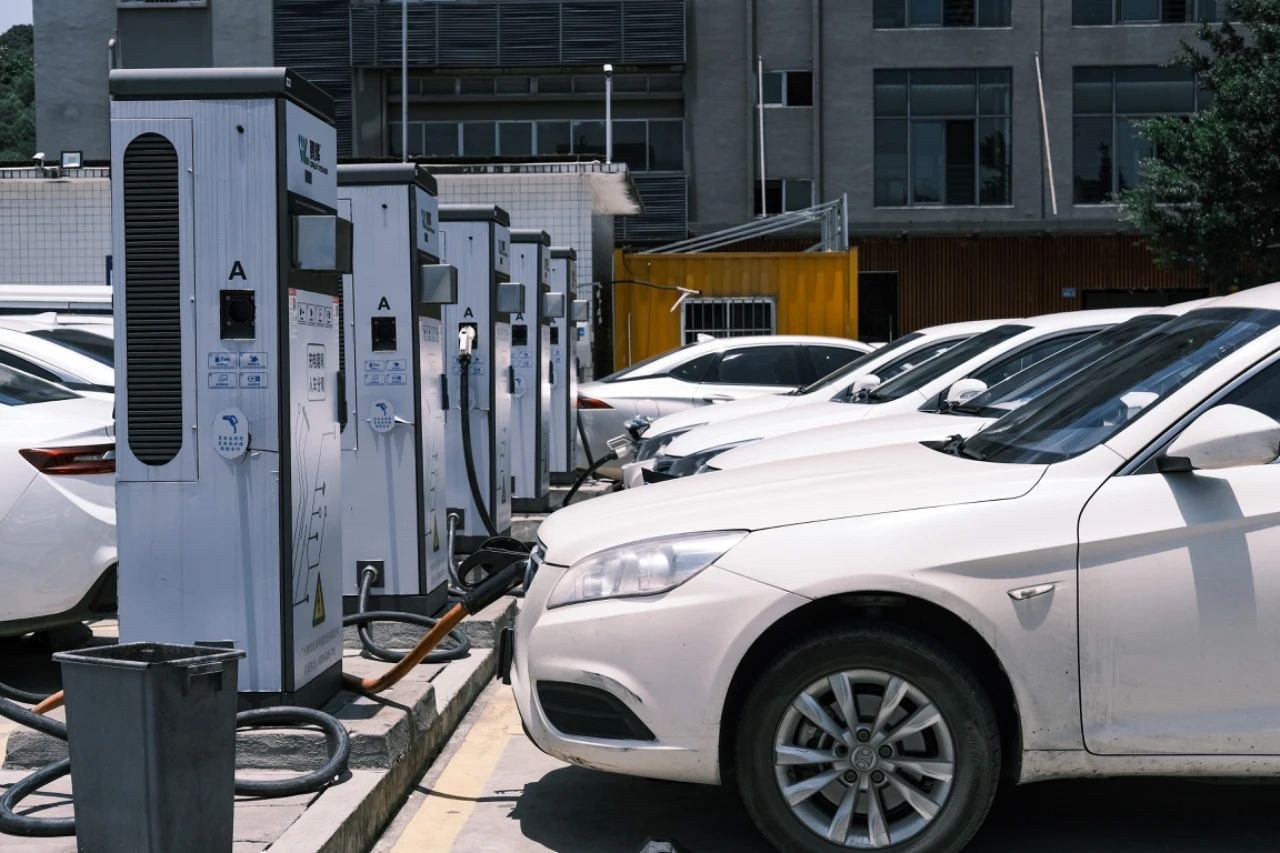
Once formed, the inherent concept, it is not something that can be changed easily overnight. Therefore, choosing more diverse and flexible extended range or hybrid products is a good option. At present, with the continuous increase in the penetration rate of new energy vehicle models, there is still considerable room for growth in the extended range vehicle market.
Under the dual guidance of market environment and consumer demand, Leading Ideal has launched extended range technology vehicles, which is a very pragmatic commercial consideration.
In conclusion
In the product information, Leading Ideal has the following introduction for the C11 extended range version:
“Create a unique ‘5+2’ product concept, covering 5 working days in pure electric mode, ensuring worry-free daily commuting; the extended range mode opens up personal life on weekends, satisfying the freedom of weekend fun.”
It’s clear from this that the 285km pure electric range is the core product highlight for the Leading Ideal C11 extended range model.
By providing a relatively long pure electric range, users can get the driving experience and cost of ownership similar to that of a pure electric vehicle in daily urban commuting. Meanwhile, the extended range advantage can alleviate users’ concerns about replenishment during long-distance travel.
From a product perspective, the “taking advantage of its strengths and avoiding its weaknesses” product concept is in line with the current mainstream consumer demand for new energy vehicle models.
Returning to the initial question, is this Leading Ideal C11 extended range version worth buying?

If you have a good acceptance of new car brands and the use cases fit this ‘5+2’ image, based on the performance-to-price ratio of this car, I would strongly recommend you to go to the store for a test drive experience.If the test drive experience meets your expectations, then I believe that this upgraded version of the LINGPAI C11 is still worth the money.
This article is a translation by ChatGPT of a Chinese report from 42HOW. If you have any questions about it, please email bd@42how.com.
